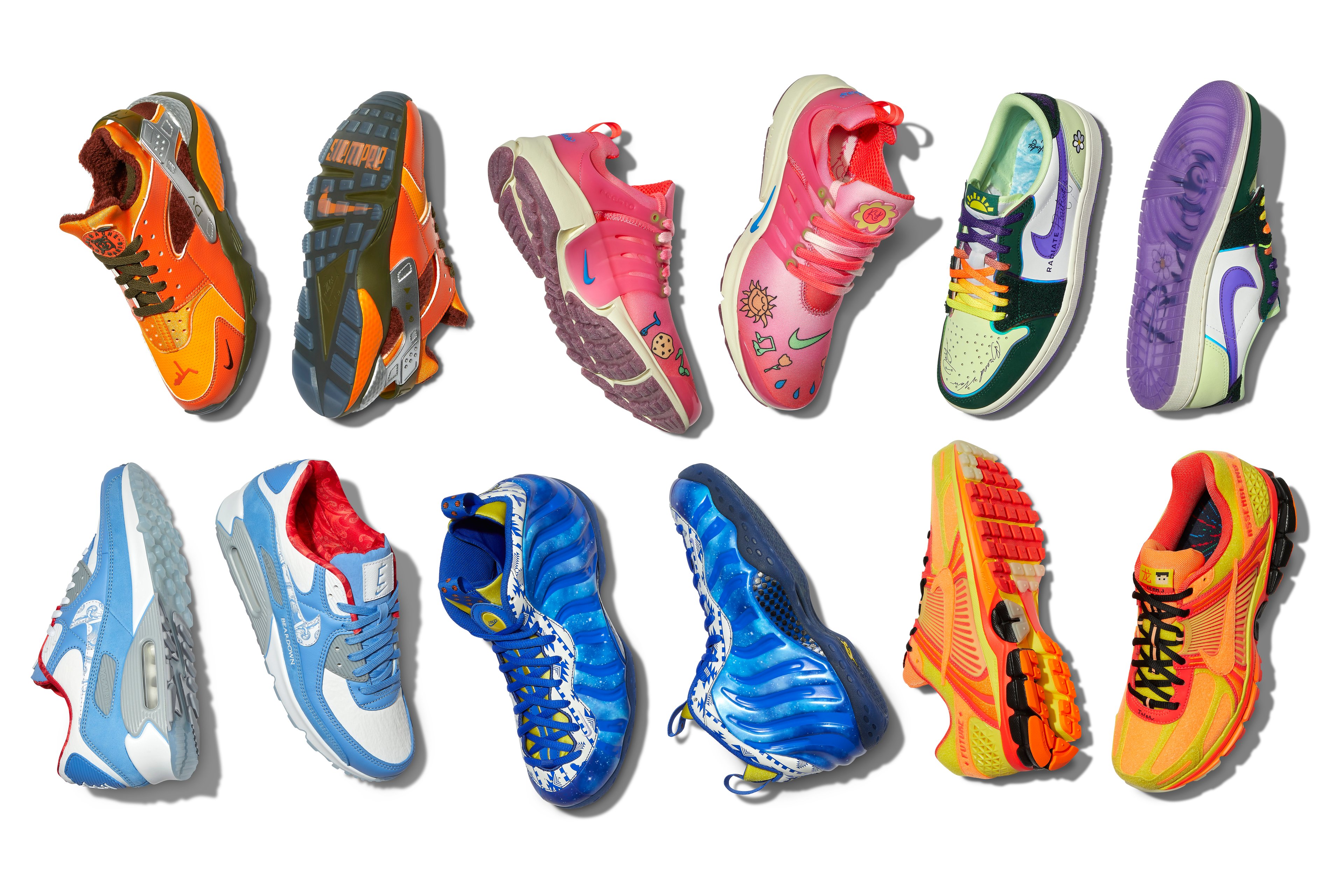Deckers (DECK +3.58%) stock plunged last week after the footwear maker published fiscal fourth-quarter results that topped expectations, but issued disappointing guidance.
Though the company did beat estimates in the quarter, its growth still slowed markedly as overall revenue rose 6.5% year over year to $1.02 billion. That included a 3.6% gain from the Ugg brand and 10% growth in Hoka sales.
That was a notable deceleration from the prior three quarters; for fiscal 2025, overall revenue was up 16.3% to $4.99 billion, with Ugg sales up 13.1% and Hoka up 23.6%.
Management declined to offer full-year guidance due to broader macroeconomic uncertainty. It projected 9% revenue growth in its fiscal 2026 first quarter, now underway, but foresees a decline in earnings per share due in part to an increase in its cost of goods sold because of tariffs, higher freight costs, and increased promotional activity.
It's no secret that Deckers has grabbed market share from Nike (NKE +0.26%) in recent years. Over the last five years, Deckers has grown its revenue at a compound annual rate of 19%, and Hoka, its popular running shoe brand, has grown even faster. In fiscal 2025, Hoka's revenue hit $2.23 billion. That's still slightly smaller than Ugg, which had $2.53 billion in sales for the year, but Hoka has clearly become a powerhouse in the running category.

Image source: Getty Images.
Is Nike recovering in running?
While Deckers' sales were surging ahead, Nike has been moving in the opposite direction -- its revenue has declined for several quarters in a row. Over the last four quarters, Nike's top line has nearly fallen to where it was three years ago.
Nike missed out on a post-pandemic boom in running that its rivals were able to capitalize on.
However, it may be finally getting back on its feet in running as CEO Elliott Hill said its sales in the category grew by a mid-single-digit percentage in its fiscal 2025 Q3 (which ended Feb. 28), a far better result than the overall 9% revenue decline it experienced.
Nike's growth in running was led by shoes like the Pegasus 41, Pegasus Premium, and Vomero 18. The company also highlighted the successes of products like the Vomero 5, sales of which doubled in the quarter, and Nike Shox, sales of which have grown 10 times higher in the past three quarters.
Based on Hoka's 10% revenue growth in its fiscal fourth quarter, Hoka still appears to be gaining market share from Nike, though investors won't know for sure until the Swoosh's next earnings report in late June.
However, one Wall Street analyst firm believes the scales are starting to tilt in Nike's favor, which explains the slowing growth at Hoka. Jefferies analyst Randal Konik argued that Hoka's slowing growth is a sign that market share is swinging back to Nike in running, and said that Nike's moves to get back share in the wholesale channel, including selling again on Amazon, should help drive its recovery.
Jefferies gives Nike a buy rating with a price target of $115, which is about 85% higher than its current level.

NYSE: NKE
Key Data Points
Is Nike a buy?
The Jefferies analyst also noted that Nike is trading at its lowest enterprise-value-to-sales multiple in 15 years, though that's mostly due to the collapse in the stock price.
While Nike does seem to be improving competitively, it is also at risk from some of the same headwinds that are challenging Deckers, including tariffs and their impact on consumer demand.
However, Nike should eventually turn itself around. The brand is too entrenched for the company's revenue to just gradually decline forever. Its turnaround could take time to play out, especially given the pressure in the macro environment, but Nike should eventually return to its winning ways.





